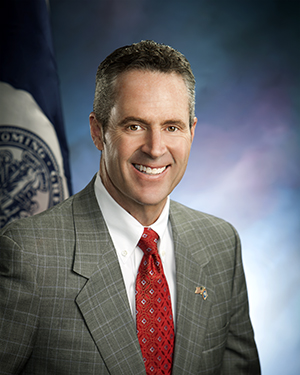
The Secretary of Education holds a critical position in the United States government, overseeing the nation’s educational policies, initiatives, and programs. This role carries significant influence in shaping the direction of education at the federal level and ensuring quality learning opportunities for all students. In this article, we’ll explore the responsibilities, qualifications, and impact of the Secretary of Education in the U.S.
1. Role and Responsibilities
The Secretary of Education is a Cabinet-level position in the presidential administration. This individual is tasked with developing and implementing educational policies, promoting access to quality education, and advocating for educational equity.
2. Educational Policy Development
The Secretary of Education plays a central role in crafting educational policies that impact students, teachers, and schools across the country. These policies address issues such as curriculum standards, school funding, student loans, and teacher training.
3. Promoting Education Access
One of the key responsibilities is to ensure that all students have access to high-quality education, regardless of their background or socioeconomic status. This includes efforts to reduce educational disparities and improve opportunities for underserved communities.
4. Collaboration with State and Local Authorities
The Secretary of Education collaborates with state and local educational authorities to implement federal education policies effectively. This partnership facilitates the alignment of national and local educational goals.
5. Advocacy for Educational Equity
Advocating for educational equity is a top priority for the Secretary of Education. This involves addressing disparities in educational resources, opportunities, and outcomes among different student populations.
6. Administration of Federal Programs
The Secretary oversees various federal education programs, including financial aid programs for higher education, special education initiatives, and grants to support schools and teachers.
7. Qualifications and Appointment
The Secretary of Education is appointed by the President of the United States and confirmed by the Senate. The individual appointed typically has a background in education, policy, or a related field and a deep commitment to improving the education system.
8. Impact on Education Policy
The Secretary of Education’s decisions and policies have a far-reaching impact on the education landscape. Reforms and initiatives introduced by the Secretary can shape the way schools operate, teachers teach, and students learn.
9. Addressing Emerging Challenges
The Secretary of Education addresses emerging challenges in education, such as technological advancements, changing workforce needs, and the impact of global events on learning environments.
10. Fostering Innovation and Excellence
The Secretary of Education has the opportunity to foster innovation and excellence in education by championing new teaching methods, curriculum enhancements, and strategies that prepare students for the demands of the modern world.
Conclusion
The Secretary of Education is a pivotal figure who plays a vital role in shaping the future of education in the United States. By developing policies, advocating for equity, and collaborating with various stakeholders, the Secretary influences the educational landscape and strives to create a brighter and more equitable future for all students. The impact of the Secretary’s decisions resonates through classrooms, communities, and the nation’s future workforce, making this role a cornerstone of educational progress and reform.